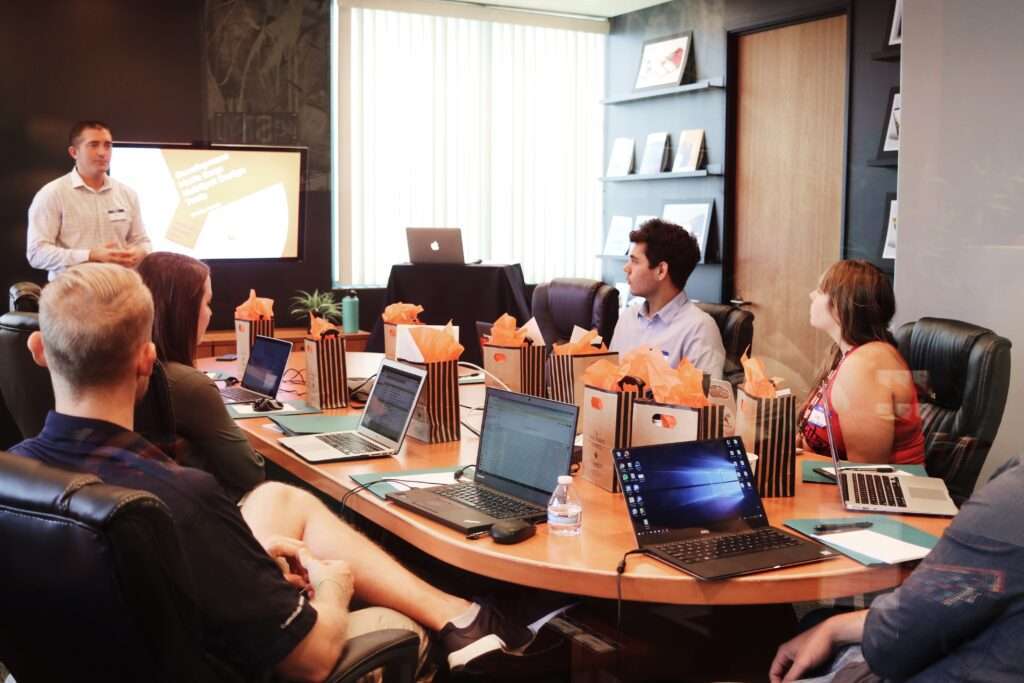- IT Consulting and Strategy
Overview
Unlock Your Business Potential with Strategic IT Planning, Digital Transformation, IT Governance, and Cloud Strategy Welcome to the heart of digital transformation. In a rapidly evolving tech landscape, strategic planning and consulting are your compass, and we are your seasoned guides. Our IT Consulting and Strategy services encompass a spectrum of solutions tailored to meet your unique needs, ensuring your business achieves its technology goals.

Use Cases
Strategic IT Planning
Digital Transformation
IT Governance and Compliance
Cloud Strategy and Migration
Key Features

Tailored Strategies
We design IT plans specific to your business goals and objectives.

Expert Guidance
Our seasoned consultants offer professional insights for success.

Compliance Expertise
Stay on the right side of regulations with our guidance.

Seamless Cloud Adoption
Streamline operations with cloud technology.
Business Benefits
Efficiency and Cost Reduction
Our strategic planning minimizes operational inefficiencies and costs.
Competitive Edge
Embrace digital transformation and stay ahead of the curve.
Regulatory Adherence
Avoid costly penalties and maintain a sterling reputation.
Scalability
Grow your business with confidence.
FAQs
Technology Risk Management is the process of identifying, assessing, and mitigating risks associated
with an organization's use of technology. It is essential because it:
- Protects against potential technology-related threats and vulnerabilities.
- Ensures business continuity and minimizes disruptions.
- Safeguards sensitive data and customer trust.
- Helps organizations meet regulatory compliance requirements.
A TRM framework typically includes components like:
- Risk Identification: Identifying potential technology-related risks.
- Risk Assessment: Evaluating the impact and likelihood of identified risks.
- Risk Mitigation: Developing strategies to mitigate or manage risks.
- Incident Response: Preparing to respond to technology incidents and breaches.
- Compliance Management: Ensuring adherence to industry regulations and standards.
- Continuous Monitoring: Regularly monitoring technology assets and vulnerabilities.
Organizations can identify and assess technology risks by:
- Conducting risk assessments and vulnerability scans.
- Regularly reviewing and updating security policies.
- Evaluating the organization's threat landscape and potential attack vectors.
- Monitoring industry trends and security advisories.
- Engaging in penetration testing and security audits.
Common technology risks include:
- Cybersecurity Threats: Such as malware, ransomware, phishing attacks, and data breaches.
- Data Loss and Privacy: Including accidental data loss or violation of privacy regulations.
- Technology Disruptions: Like system failures, power outages, or natural disasters.
- Compliance Violations: Failing to meet industry-specific regulations and standards.
- Third-Party Risks: Risks associated with vendors, suppliers, or service providers.
Effective risk mitigation and management involve:
- Implementing robust cybersecurity measures, such as firewalls, intrusion detection systems, and
encryption. - Regularly patching and updating software and systems.
- Conducting employee training and awareness programs.
- Developing and testing incident response plans.
- Monitoring and auditing technology assets and configurations.
- Conducting regular risk assessments and addressing identified vulnerabilities.
TRM is a critical component of overall business risk management because it:
- Identifies and addresses risks that can impact business operations.
- Helps organizations prioritize and allocate resources effectively.
- Enhances resilience and the ability to respond to technology-related incidents.
- Safeguards the organization's reputation and customer trust.
- Supports strategic decision-making by identifying risks and opportunities.
To ensure alignment with regulations and standards, organizations should:
- Stay informed about evolving industry-specific requirements.
- Regularly assess their TRM practices against compliance frameworks.
- Engage in third-party audits and assessments, if necessary.
- Implement controls and procedures that align with specific regulatory requirements.
- Continuously update TRM practices to adapt to changing compliance landscape.
Inadequate TRM can lead to consequences such as:
- Data breaches and loss of sensitive information.
- Financial losses due to technology disruptions or cyberattacks.
- Reputational damage and loss of customer trust.
- Legal and regulatory penalties for non-compliance.
- Operational disruptions and decreased productivity.
Organizations can proactively monitor and adapt to emerging risks by:
- Staying informed about industry trends and emerging threats.
- Engaging in threat intelligence sharing and collaboration.
- Regularly assessing their technology environment for vulnerabilities.
- Conducting risk assessments and scenario planning.
- Investing in advanced cybersecurity tools and technologies.
Benefits include:
- Enhanced cybersecurity and data prImproved business resilience and continuity.otection.
- Improved business resilience and continuity.
- Reduced technology-related incidents and disruptions.
- Enhanced trust and confidence among stakeholders.
- More informed decision-making regarding technology investments.

